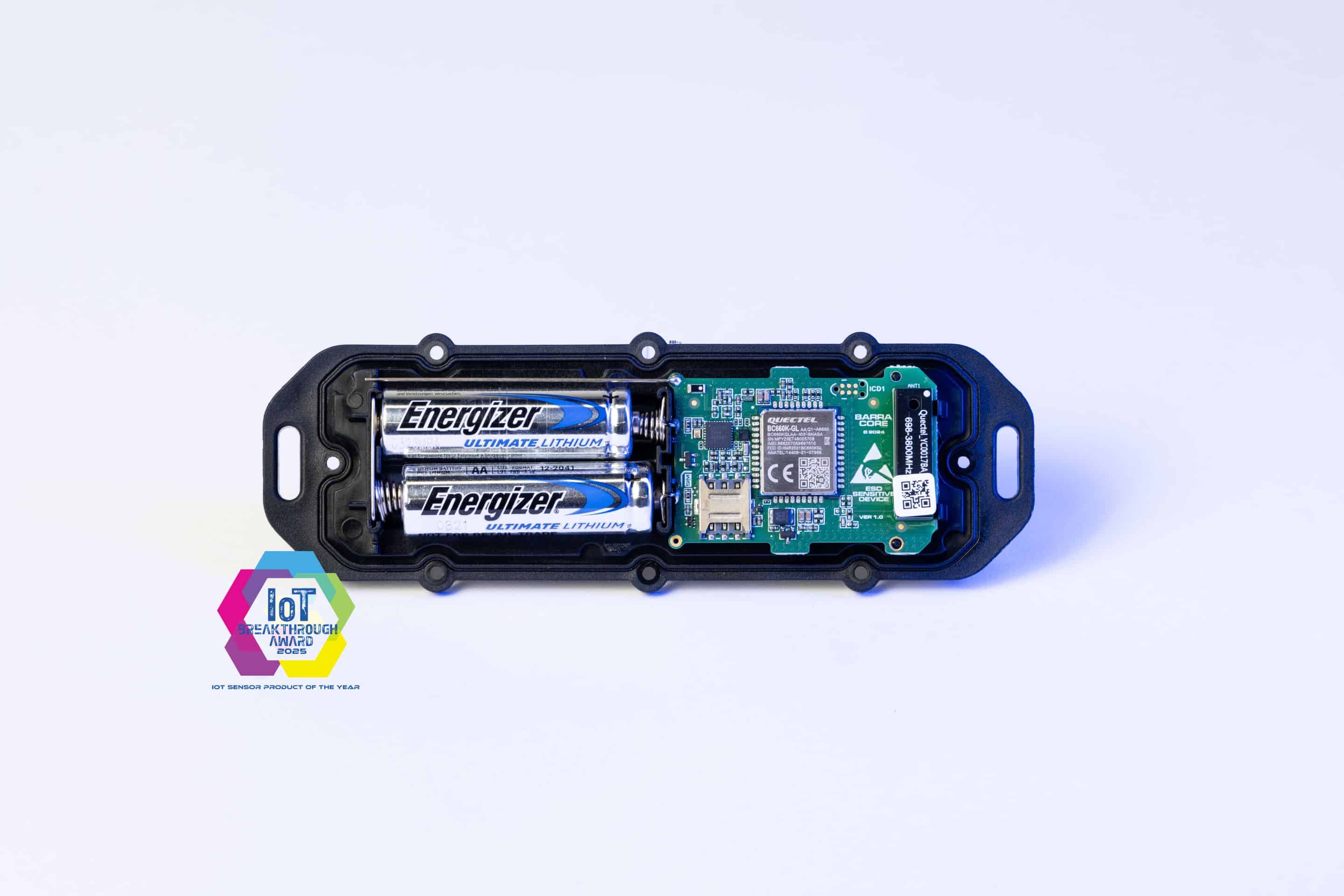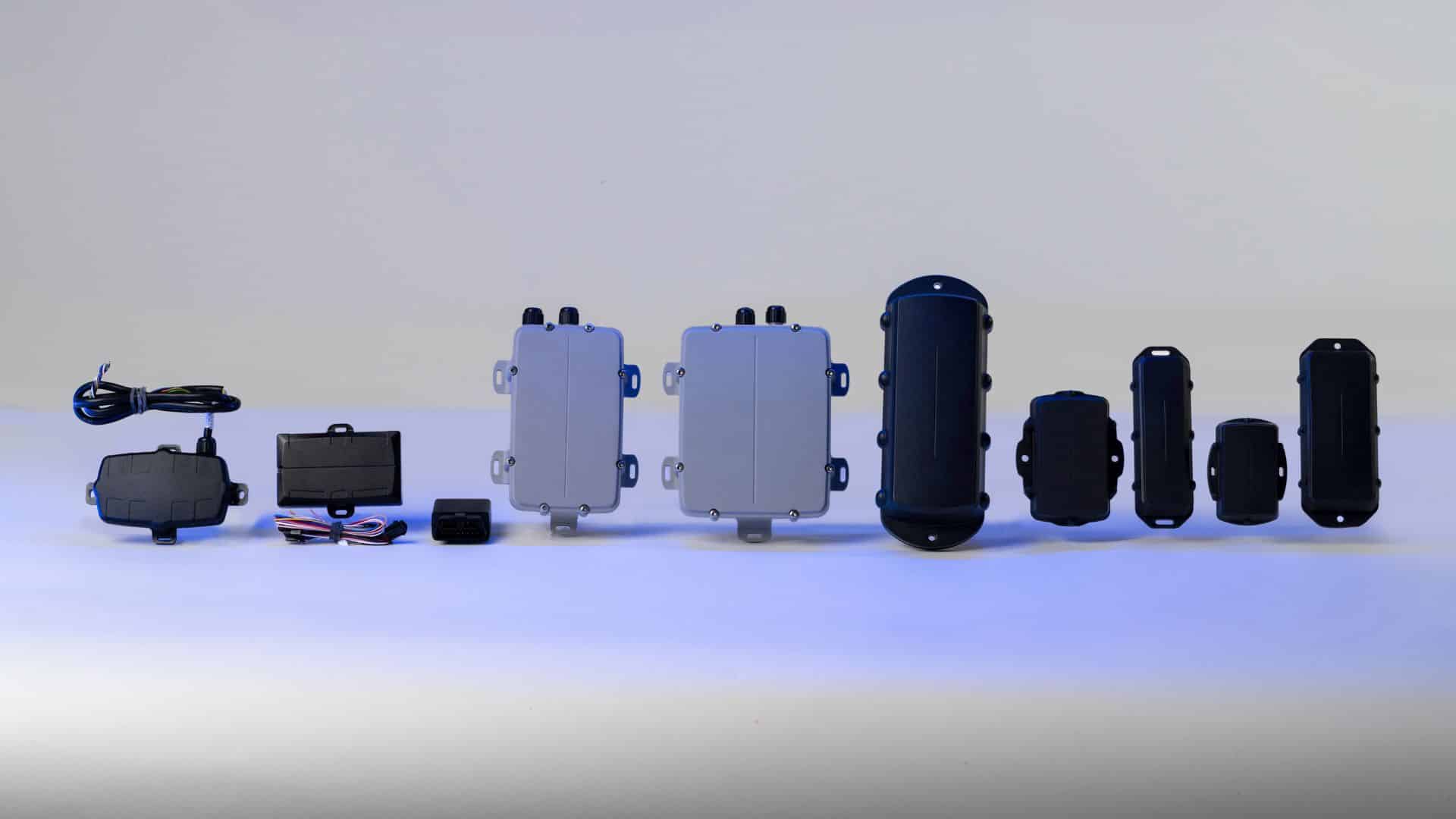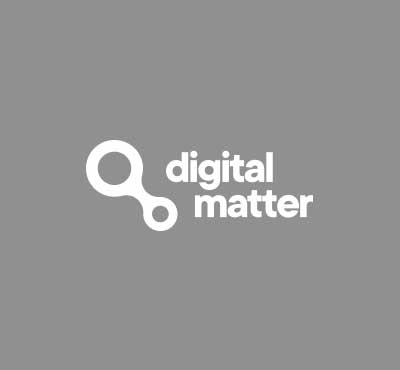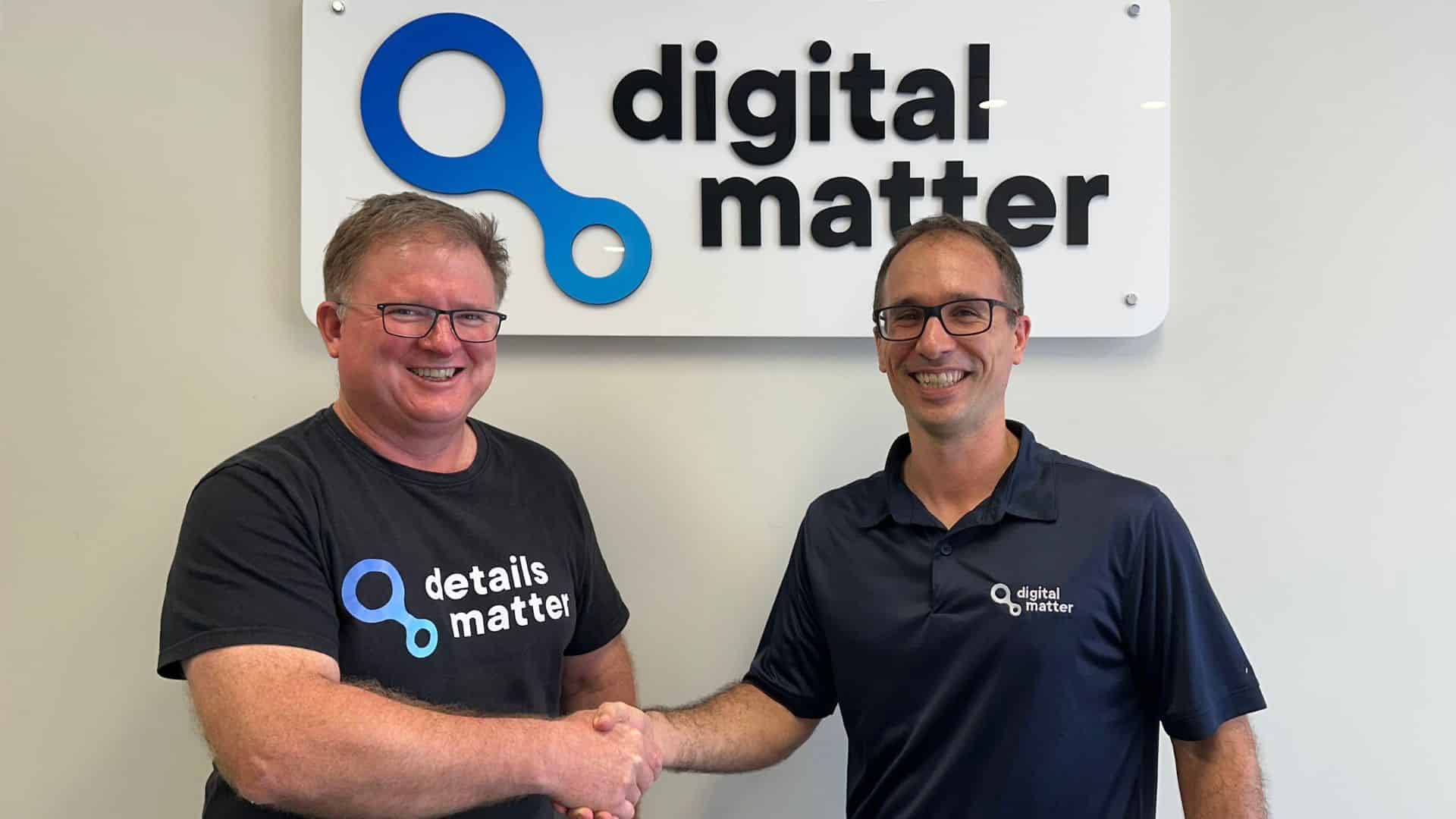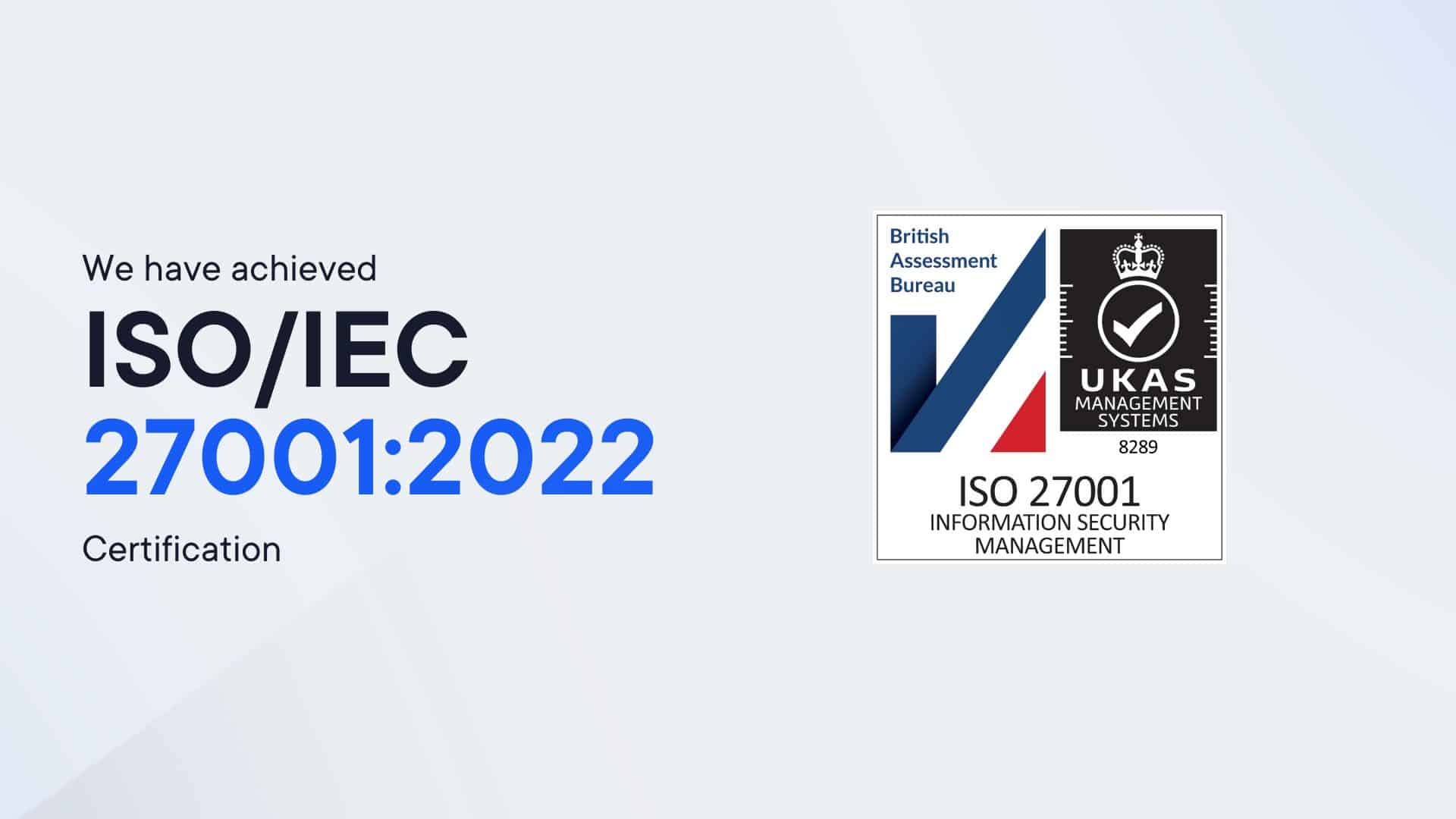How Asset Management can Reduce Loss and Mitigate Financial Risk

Our mission is to help businesses connect, protect, and derive more value from their assets. As a leading global innovator, developer, and supplier of IoT solutions, we drive continuous innovation to enable our partners to deploy confidently at scale worldwide.

Asset loss is a significant global issue that affects multiple industries, leading to substantial financial risks and operational inefficiencies. Asset loss is particularly prevalent in the supply chain, logistics, and equipment sectors, where the high number of assets and their frequent movement make them vulnerable to theft, misplacement, and damage. By implementing an appropriate asset management solution tailored to specific types of assets and their travel patterns, businesses can reduce the incidence of asset loss and enhance their overall financial stability.
Financial Risk Associated with Asset Loss
Asset loss is not just a minor inconvenience; it has serious financial implications for businesses. Asset loss due to theft, misplacement, or operational inefficiencies leads to direct financial losses, increased insurance premiums, and higher operational costs. For example, a company may have to spend millions to replace stolen machinery, significantly impacting its budget. Additional costs arise from operational delays, lost productivity, and the need for extra resources to manage asset loss incidents, leading to higher overall expenses and reduced profitability.
Companies also face potential production delays and lost revenue opportunities when critical assets become unavailable, leading to decreased profitability and market competitiveness. Indirect costs, such as administrative expenses for managing loss incidents and reputational damage, further compound the financial risks associated with asset loss.
Common Sources of Asset Loss
Understanding the common sources of asset loss is crucial for developing effective asset management strategies. By identifying the specific types of risks your assets face, where these risks are most prevalent, and how they typically occur, you can tailor your asset management solutions to be more effective.
- Theft and Unauthorized Use: Assets are often targeted for theft, whether through external theft or internal unauthorized use by employees or contractors. These incidents can occur in transit, at storage facilities, or on-site, necessitating robust security measures and tracking systems to detect unauthorized movements or access.
- Misplacement and Inventory Errors: Misplacement frequently happens due to human errors in recording and tracking, often exacerbated by inefficient inventory management systems. This risk is particularly high in busy environments such as warehouses or during logistics operations. Implementing automated tracking solutions can help reduce these errors and improve asset visibility.
- Operational Inefficiencies: Poorly defined asset management processes and inadequate training and awareness among staff can lead to significant losses. These inefficiencies often arise from manual handling and outdated tracking methods, which are prone to errors and omissions. Developing clear protocols and investing in staff training are essential components of an effective asset management strategy.
- Environmental Factors and Accidental Damage: Assets can be vulnerable to environmental conditions such as extreme temperatures, humidity, or exposure to the elements. Additionally, accidents during transportation or handling can cause damage. Monitoring environmental conditions as part of your asset management strategy and implementing protective measures during transit can mitigate these risks.
- Low-Value Assets: Often overlooked due to their perceived lower cost, low-value assets can still result in significant cumulative losses if not properly tracked. These assets are frequently misplaced or forgotten because the cost of traditional tracking solutions seems unjustifiable. Despite their lower cost, they are often essential to daily operations and their loss can disrupt workflows and productivity. The National Cargo Security Council estimates that global cargo theft costs businesses up to $50 billion annually, demonstrating how unnoticed losses of low-value assets can add up over time and impact overall operational efficiency.
Devising an Effective Asset Management Plan
Creating an effective asset management plan is crucial for minimizing asset loss and enhancing operational efficiency. This involves a systematic approach to managing assets, from identification and valuation to policy implementation and regular audits. By taking these steps, businesses can ensure their assets are properly tracked, maintained, and utilized, ultimately reducing financial risks and improving overall productivity.
- Identify Key Assets: Conduct an asset audit to catalog and assess the value of all assets, considering both their monetary value and their role in operations.
- Prioritize Assets: Determine the criticality of each asset to daily operations and prioritize them accordingly.
- Implement Policies and Procedures: Establish clear guidelines for asset usage and responsibilities, and define procedures for reporting and responding to asset loss incidents, leveraging technology to enhance this process.
- Choose the Right Technology: Select the appropriate tracking technology that meets the specific demands of your asset type. Consider what needs to be monitored, where the assets travel, and the expected lifetime of the assets.
- Train Employees: Conduct regular training sessions to ensure staff understand asset management protocols and use systems correctly.
- Conduct Regular Audits and Inventory Checks: Schedule regular audits to verify the physical presence and condition of assets. Utilize technology to automate and streamline inventory checks, ensuring efficiency and accuracy.
Asset Management and Monitoring Considerations
Selecting the right asset tracking technology is crucial for effective asset management. Different technologies offer various benefits and are suited to specific types of assets and tracking needs. Understanding these technologies and their applications will help ensure that your asset management strategy is both effective and efficient.
- GPS (Global Positioning System): Provides real-time location tracking for mobile assets, ensuring immediate updates on asset whereabouts. Ideal for vehicles, fleets, and other movable assets that require constant monitoring over large geographic areas.
- RFID (Radio Frequency Identification): Efficient for tracking inventory and equipment within defined areas, offering quick and accurate location information. Best suited for warehouses, manufacturing facilities, and retail environments where assets are frequently moved within a contained area.
- Bluetooth: Offers short-range tracking for precise location updates, ideal for smaller, indoor environments. Useful for tracking tools, small equipment, and personal items within offices or small facilities.
- Wi-Fi: Enables asset tracking within Wi-Fi-covered areas, providing accurate location data without the need for additional infrastructure. Suitable for indoor environments like hospitals, offices, and large facilities where Wi-Fi networks are already in place.
- IoT Sensors (Internet of Things): Monitors environmental conditions and asset usage, providing valuable data on asset status and performance. Perfect for sensitive or perishable goods, equipment condition monitoring, and environments where data on temperature, humidity, or other conditions are critical.
Choosing an Appropriate Management Solution for your Assets
Selecting the right tracking solution for your assets is crucial to ensuring efficient and effective asset management. The nature, usage, and environment of your assets all play a significant role in determining the best tracking technology to use. Here are some key considerations to help you make an informed decision:
- Asset Usage and Environment: Assess where and how your assets are used. Assets that move frequently or operate in harsh environments might need durable and robust tracking devices, whereas stationary or indoor assets might be better served by simpler solutions and low-range technologies.
- Travel Patterns: Evaluate the travel patterns of your assets. For assets that travel over large geographic areas, solutions with wide-area coverage might be necessary. For assets confined to smaller spaces, localized tracking technologies could be sufficient.
- Real-Time Tracking Needs: Determine if real-time tracking is necessary. Assets that require constant monitoring, such as vehicles or high-value equipment, will benefit from real-time tracking capabilities. According to the report, Real-time intelligence and the future of supply chains, only 45% of companies today use real-time data insights for better decision-making.
- Integration with Existing Systems: Ensure that the chosen tracking solution can integrate seamlessly with your existing asset management systems. This integration is vital for maintaining a cohesive and efficient workflow.
- Scalability: Consider the scalability of the tracking solution. As your business grows, your asset tracking needs may expand. Choose a solution that can scale with your operations without requiring significant changes or additional investments.
- Battery-Life and Maintenance: Consider the power requirements and maintenance of the tracking devices. Assets that are difficult to access or frequently in use may require long battery life and low-maintenance solutions that last the entire lifetime of the asset.
- Compliance and Security: Ensure that the tracking solution complies with any industry-specific regulations and offers robust security features to protect sensitive asset data.
By carefully considering these factors, you can select a tracking solution that aligns with the specific needs of your assets, enhancing operational efficiency and minimizing the risk of asset loss.
Achieving Return on Investment (ROI) for Your Tracking Solution
Evaluating the cost of tracking solutions in relation to the potential financial risk of asset loss is essential for achieving a strong ROI. To ensure your investment in asset tracking delivers significant financial benefits, consider the following:
- Cost Analysis: Assess the total cost of hardware, software, and implementation. Include potential government incentives or insurance discounts that may offset some of these expenses.
- Risk Comparison: Compare the costs of the tracking solution to the potential financial losses from asset theft, misplacement, and operational inefficiencies. Understanding the financial impact of these risks can help justify the investment.
- Potential Savings: Estimate the savings from reduced asset loss and improved efficiency. Reduced incidents of theft, misplacement, and damage lead to direct financial savings and lower insurance premiums.
Build a Smarter Asset Management Solution
Implementing asset management solutions significantly reduces asset loss incidents and associated financial risks while improving operational efficiency and providing real-time visibility of assets. We encourage businesses to evaluate their current asset management strategies and consider adopting asset tracking technology to mitigate financial risk and enhance asset security. By addressing common sources of asset loss and implementing effective asset tracking and management strategies, businesses can achieve substantial financial savings and improved operational stability.
Explore our range of battery-powered GPS asset tracking devices, or contact us to discuss a customized tracking solution tailored to your specific asset management needs.
Related News

Let’s Get Started
Submit the form to get in touch with a Digital Matter representative from your region.
Contact UsSubscribe
Get helpful content delivered straight to your inbox.
Let’s Get Started
Submit the form below to get in touch with a Digital Matter representative from your region.

Looking for support? Check out our knowledge base.

Information on becoming a Digital Matter Partner.

Information on pricing, availability, and proof of concept.

Guidance on selecting the right products for your application.



